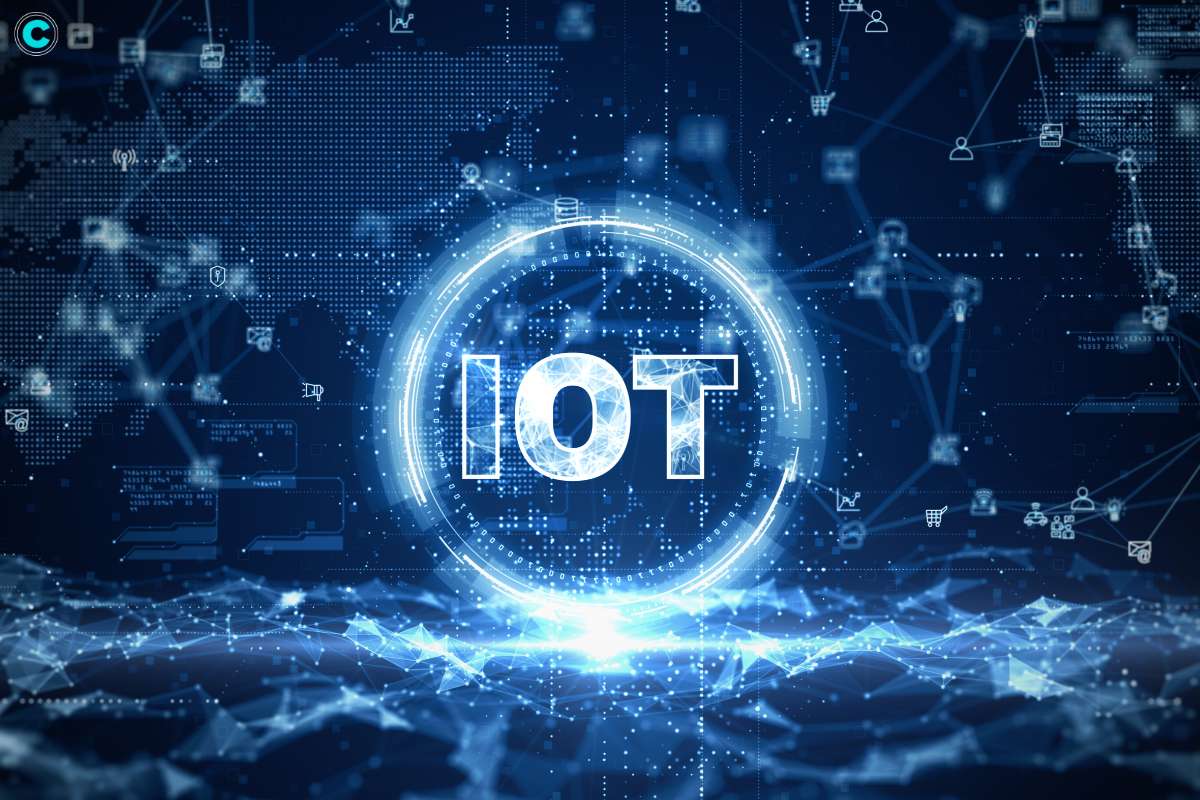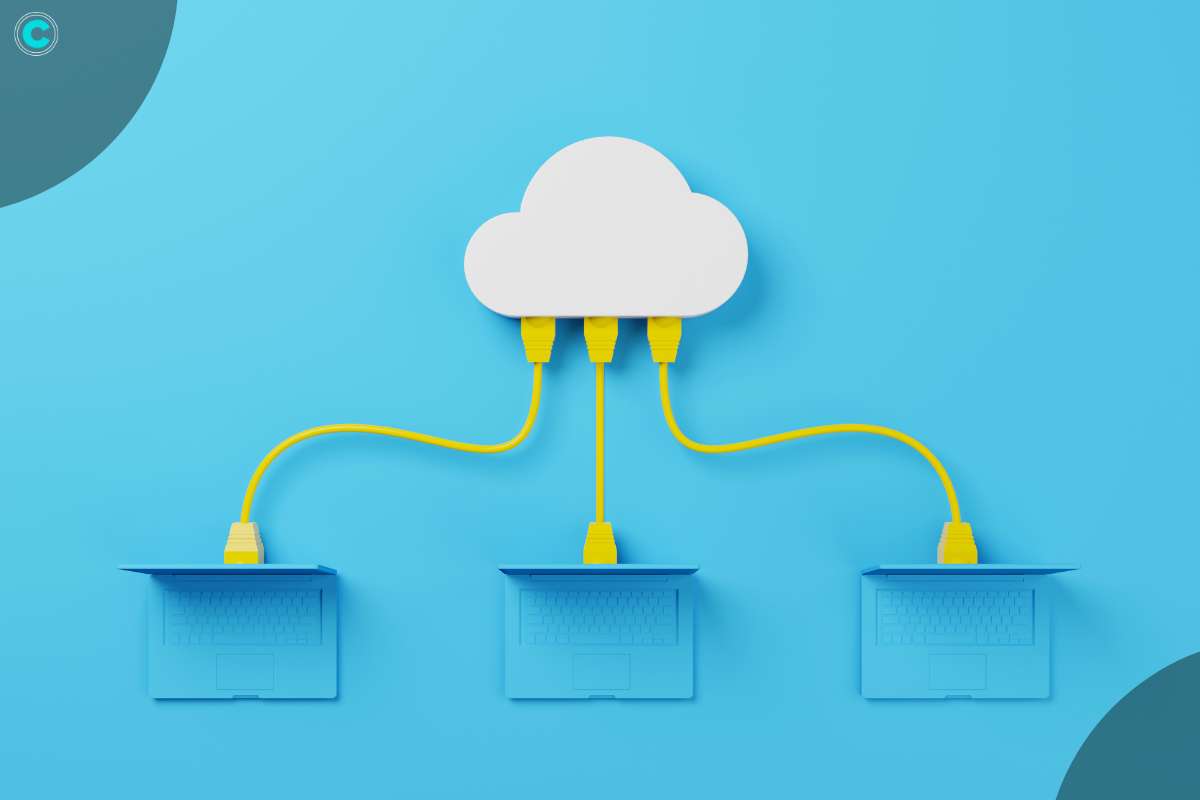In today’s interconnected world, the Internet of Things (IoT) has revolutionized how devices communicate, collect, and analyze data. However, with this rapid proliferation of IoT devices comes a pressing need to address security concerns surrounding the vast volumes of data generated and exchanged. The future of IoT data security stands at a critical juncture, poised to shape the trajectory of digital innovation and cybersecurity practices. In this comprehensive exploration, we delve into the evolving landscape of IoT data security, identifying key trends, addressing challenges, and proposing innovative solutions to fortify IoT ecosystems against emerging threats.
Unraveling the Future of IoT Data Security:

Evolution of IoT Security:
The future of IoT data security signifies a departure from conventional perimeter-based defenses towards a more nuanced, data-centric approach. As IoT deployments become increasingly diverse and distributed, security measures must adapt to safeguard data across disparate devices, networks, and ecosystems.
Key Trends Shaping the Future:
1. Encryption and Authentication:
In the future, encryption and authentication will play a pivotal role in securing IoT data transmissions and verifying the identities of connected devices. Advanced encryption algorithms and robust authentication mechanisms will be essential to protect sensitive information from interception and unauthorized access.
2. Edge Computing:
Edge computing is poised to revolutionize IoT data security by enabling data processing and analysis at the edge of the network, closer to the data source. This decentralized approach minimizes latency, reduces exposure to potential threats, and enhances data privacy and security.
3. Blockchain Technology:
Blockchain technology holds immense promise for enhancing the integrity and security of IoT data. By leveraging distributed ledger technology, organizations can create immutable records of IoT transactions, establish trust among stakeholders, and mitigate the risk of data tampering or manipulation.
4. AI and Machine Learning:
Artificial intelligence (AI) and machine learning (ML) algorithms will play an increasingly prominent role in IoT security. These technologies can analyze vast amounts of IoT data in real time, detect anomalies, identify potential threats, and autonomously respond to security incidents, bolstering defenses against sophisticated cyberattacks.
5. Zero Trust Architecture:
Zero Trust Architecture will emerge as a fundamental paradigm for securing IoT ecosystems in the future. By adopting a zero-trust approach, organizations assume that all devices and users are potential threats and implement stringent access controls, continuous monitoring, and behavioral analytics to mitigate risks and prevent unauthorized access.
Challenges Ahead:

Despite the promise of innovation, the future of IoT data security is fraught with challenges that must be addressed to ensure the integrity and resilience of IoT ecosystems.
1. Interoperability:
The heterogeneous nature of IoT devices and platforms poses interoperability challenges, complicating security management and enforcement. Ensuring seamless integration and compatibility between diverse devices remains a significant hurdle for organizations seeking to implement robust security measures.
2. Regulatory Compliance:
Compliance with data protection regulations, such as GDPR and CCPA, presents a complex regulatory landscape for IoT deployments. Organizations must navigate stringent privacy requirements, data governance frameworks, and regulatory obligations across multiple jurisdictions to ensure compliance and mitigate legal risks.
3. Supply Chain Risks:
The global supply chain introduces vulnerabilities that can be exploited by adversaries to compromise the integrity and security of IoT devices. From counterfeit components to supply chain attacks, organizations must implement robust supply chain management practices, conduct thorough risk assessments, and establish vendor security requirements to mitigate supply chain risks effectively.
Best Practices for Enhancing IoT Data Security:
1. Implement Multi-Layered Security
Adopt a multi-layered security approach that encompasses encryption, authentication, access controls, and intrusion detection to fortify IoT ecosystems against diverse threats. By layering security measures, organizations can create overlapping defenses that mitigate risks and protect sensitive data.
2. Regularly Update and Patch Devices
Stay vigilant against emerging vulnerabilities by promptly applying security patches and updates to IoT devices and firmware. Regularly monitor vendor notifications, security advisories, and industry alerts to identify and remediate potential security vulnerabilities before they can be exploited by attackers.
3. Secure Data Endpoints
Implement robust security measures to secure data endpoints and protect sensitive information from unauthorized access or interception. Encrypt data at rest and in transit, employ secure communication protocols, and enforce stringent access controls to safeguard data integrity and confidentiality.
4. Monitor and Analyze IoT Traffic
Leverage network monitoring tools and analytics to monitor IoT traffic, detect anomalous behavior, and mitigate potential security incidents in real-time. By continuously monitoring network activity and analyzing data patterns, organizations can identify potential threats, respond promptly to security incidents, and minimize the impact of cyberattacks.
5. Foster Collaboration and Information Sharing

Promote collaboration and information sharing among stakeholders, including device manufacturers, service providers, regulators, and cybersecurity experts. By sharing threat intelligence, best practices, and lessons learned, organizations can collectively address emerging threats, enhance situational awareness, and strengthen the resilience of IoT ecosystems.
FAQs (Frequently Asked Questions)
1. What is the future of IoT data security?
The future of IoT data security is characterized by emerging trends such as encryption, authentication, edge computing, blockchain technology, AI, and zero-trust architecture. These trends aim to enhance data protection, mitigate risks, and ensure the integrity and confidentiality of IoT ecosystems.
2. How can organizations enhance IoT data security?
Organizations can enhance IoT data security by implementing multi-layered security measures, regularly updating and patching devices, securing data endpoints, monitoring IoT traffic, and fostering collaboration among stakeholders.
3. What are the key challenges facing IoT data security in the future?
Key challenges facing IoT data security in the future include interoperability issues, regulatory compliance requirements, and supply chain risks. Overcoming these challenges requires proactive measures, robust security frameworks, and collaboration among stakeholders.
4. How can encryption and authentication contribute to IoT data security?
Encryption and authentication technologies play a crucial role in IoT data security by safeguarding data transmissions, verifying device identities, and protecting sensitive information from unauthorized access or interception.
5. What role does edge computing play in enhancing IoT data security?
Edge computing enhances IoT data security by processing data closer to the source, minimizing latency, reducing exposure to potential threats, and enhancing scalability and resilience in IoT environments.

The Role of IoT in Smart Cities Paving the Way for a Connected Future:
In this article, we will delve into the profound impact of IoT in smart cities, exploring how it is revolutionizing various aspects of
Conclusion:
The future of IoT data security holds both promise and challenges. By embracing emerging trends, adopting best practices, and fostering collaboration, organizations can navigate the evolving landscape of IoT security and safeguard their digital assets in an increasingly interconnected world.






